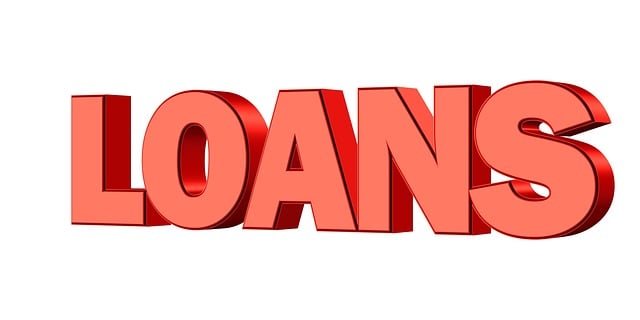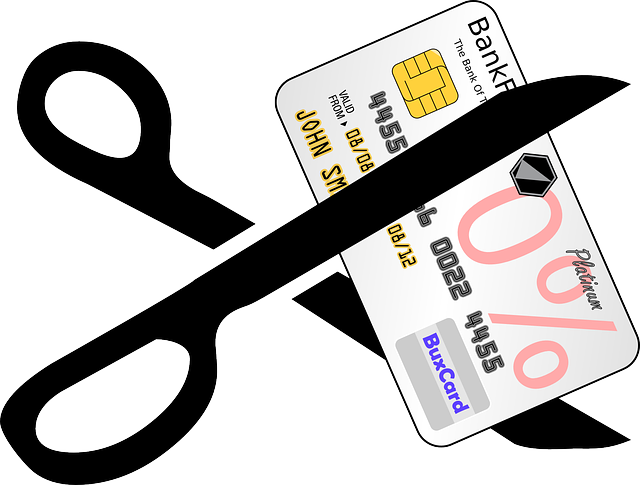Loan consolidation offers a strategic solution for managing multiple loan repayments during financial crises. By combining loans with lower interest rates and extended terms, it simplifies payments, acts as a debt reduction plan, and frees up cash flow. Emergency debt assistance through consolidation or debt settlement programs provides much-needed relief. Individual financial situations determine the best path, whether government direct loans, private services, or negotiating creditors for further reductions. These options simplify financial obligations, reduce borrowing costs, and free up resources, helping individuals regain control and rebuild economic stability.
Struggling with multiple high-interest loans? Bad credit got you down? Explore the power of loan consolidation—a strategic move towards financial freedom. This comprehensive guide uncovers various loan consolidation options, from understanding the basics to implementing effective debt reduction plans. Learn how combining loans can simplify payments and reduce stress during financial crises. Discover emergency debt assistance and debt settlement programs, too, providing valuable tools for navigating tough times. Take control of your finances today!
- Understanding Loan Consolidation: A Comprehensive Guide
- The Benefits of Combining Loans for Better Financial Control
- Strategies for Effective Debt Reduction through Consolidation
- Exploring Emergency Debt Assistance Options for Immediate Relief
- Debt Settlement Programs: How They Can Help in Tough Times
- Choosing the Right Loan Debt Consolidation Method for Your Situation
Understanding Loan Consolidation: A Comprehensive Guide

Understanding Loan Consolidation: A Comprehensive Guide
When faced with multiple loan repayments, especially during a financial crisis, exploring loan consolidation options can be a strategic solution. This process involves combining several loans into a single debt with a new, often lower, interest rate and potentially extended repayment term. It’s not just about simplifying payments; it’s a debt reduction plan that can free up cash flow, making it easier to manage finances. For those in dire straits, emergency debt assistance through consolidation can offer much-needed relief and a chance to regain control.
There are various loans debt consolidation programs available, each with its own set of benefits and drawbacks. These include direct consolidation loans from the government or private loan consolidation services. Debt settlement programs, while distinct from consolidation, also aim to reduce the overall debt burden by negotiating with creditors. Choosing the right path requires careful consideration based on individual financial situations.
The Benefits of Combining Loans for Better Financial Control

Combining multiple loans into one payment can be a strategic move for those struggling with various debt obligations. Loan consolidation options offer several advantages that can significantly improve an individual’s financial situation. By consolidating debts, borrowers can simplify their repayment process, making it easier to manage and potentially reducing monthly expenses. This is especially beneficial during times of financial crisis when emergency debt assistance is required.
Debt reduction plans become more achievable with loan debt consolidation as it allows individuals to focus on a single payment rather than several. This approach can help free up financial resources, enabling borrowers to allocate funds for other essential needs or even savings. Additionally, certain debt settlement programs may be available through consolidators, providing opportunities to lower interest rates and overall debt, contributing to long-term financial stability and recovery from debt-related challenges.
Strategies for Effective Debt Reduction through Consolidation

Combining multiple loans into a single payment can be an effective strategy for those struggling with high-interest rates and various repayment terms. Loan consolidation options allow borrowers to simplify their financial obligations, making it easier to manage and ultimately reduce debt. By consolidating debts, individuals can secure a lower interest rate, often the average of all existing rates, which significantly lowers overall borrowing costs. This approach is especially beneficial during a financial crisis when emergency debt assistance is crucial for stability.
Debt settlement programs and loan consolidation go hand in hand as part of comprehensive debt reduction plans. These programs not only help in consolidating loans but also negotiate with creditors to reduce the principal amount owed. This aggressive approach can free up cash flow, allowing individuals to focus on other financial goals and turn around their financial situation. Effective debt management involves understanding one’s borrowing options and creating a structured plan, ensuring each repayment is tailored to individual needs and budget constraints.
Exploring Emergency Debt Assistance Options for Immediate Relief

Facing a pile of debts can feel overwhelming, especially during a financial crisis. Fortunately, there are various loan consolidation options and financial crisis solutions available to help manage and reduce this burden. Emergency debt assistance programs offer immediate relief by negotiating with creditors on your behalf to restructure or settle outstanding loans. These debt settlement programs aim to simplify the process by combining multiple debts into one manageable payment, significantly lowering monthly outgoings.
Debt reduction plans, such as these consolidation services, provide a structured approach to dealing with loans debt. By consolidating debts, individuals can escape the labyrinthine interest rates and terms often associated with several loan agreements. This strategic move enables better financial control and empowers folks to focus on rebuilding their economic stability without the constant pressure of multiple repayment schedules.
Debt Settlement Programs: How They Can Help in Tough Times

During financial crises, individuals often find themselves overwhelmed by multiple loan payments, leading to a vicious cycle of missed deadlines and escalating interest rates. This is where debt settlement programs step in as crucial financial crisis solutions. These specialized services offer loan consolidation options that bundle various debts into a single, more manageable payment. By negotiating with lenders on your behalf, they can help reduce the overall loan amount and lower monthly payments, providing much-needed relief.
Debt reduction plans facilitated by such programs are designed to empower borrowers to regain control of their finances. Emergency debt assistance is not just about delaying the inevitable; it’s about finding a sustainable path forward. Through strategic negotiations, these programs aim to alleviate the burden of loans debt consolidation, enabling individuals to focus on rebuilding their financial stability with more confidence and peace of mind.
Choosing the Right Loan Debt Consolidation Method for Your Situation

When considering loan consolidation options, it’s crucial to assess your unique financial situation and choose a method that aligns with your goals. Not all debt reduction plans are created equal, so understanding the various loan debt consolidation strategies is essential. If you’re facing an emergency debt crisis, exploring reputable debt settlement programs could provide immediate relief by negotiating with creditors for lower interest rates or settled amounts. However, these programs may come with fees, so thorough research and comparison of different providers is necessary.
On the other hand, a more traditional approach involves loan consolidation loans from financial institutions. These loans bundle multiple high-interest debts into one, often with a lower interest rate, making payments simpler and potentially saving money in the long run. It’s an effective financial crisis solution for those committed to repaying their debt over time. Careful consideration of each option is key to finding the best fit for your specific circumstances and achieving lasting debt reduction.







